Blogs
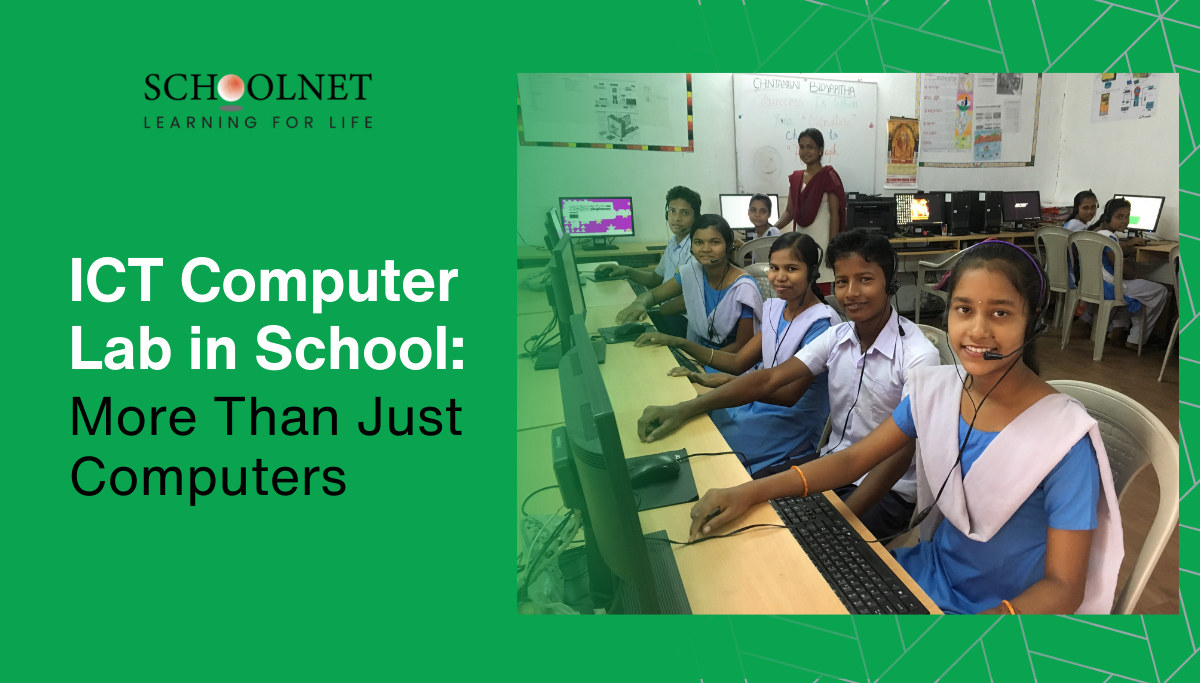
January 7, 2026
ICT Computer Lab in School: More Than Just Computers
An ICT computer lab in school is often seen as a room filled with machines. However, its real value lies in how students use those machines to think, explore, and solve problems. When planned well, a computer lab becomes one of the most effective learning spaces in a school, supporting skills that go far beyond basic computer use. Many schools already have ICT labs , but in practice, these spaces are used only occasionally and often follow repetitive routines. Students complete assigned tasks, but meaningful learning does not always happen. This is where schools need to rethink the role of the ICT computer lab in schools. The Purpose of an ICT Computer Lab in School
Read More ⟶

December 24, 2025
EdTech for School: What Actually Works in Real Classrooms
A school can buy the best technology in the world. Still, learning may not improve. That is the uncomfortable truth many educators quietly admit today. According to multiple global education reports, over 60 percent of EdTech investments fail to show a visible classroom impact . Not because technology is bad. However, it is often used incorrectly. This is where the real conversation on EdTech for School must begin.
Read More ⟶
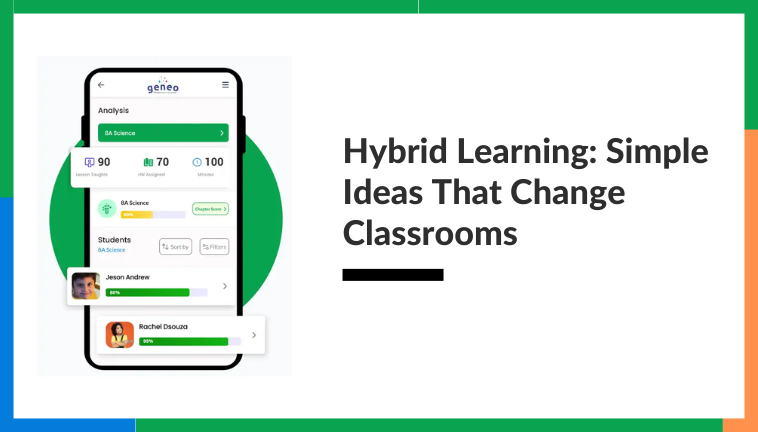
December 16, 2025
Hybrid Learning: Simple Ideas That Change Classrooms
“More than 60% of teachers say they want tools that make learning simple and flexible.” This one line shows something big. Classrooms are changing fast. And hybrid learning is becoming a real bridge between old ways and new needs. It is not just a mix of online and offline. It is a way to make learning feel lighter, smarter, and more human. Many people think hybrid learning is about fancy tech. But no. It is about small ideas that make a big shift. It is about giving every child a fair chance to learn, even when life gets busy or messy. And yes, it is also about making teachers feel free, not overloaded. Hybrid Learning and Why Classrooms Need Small Shifts
Read More ⟶

December 10, 2025
EdTech for School: Smart Ways to Solve Classroom Problems
Sometimes a small change can solve a big problem. A recent classroom study found that students lose almost 15% of learning time every day because teachers are busy with routine tasks. That is a big number! And this is exactly where EdTech for School can make a real difference. Not by replacing teachers. Not by bringing fancy machines. But by fixing everyday problems that slow learning down. In this blog, I want to share a fresh way to look at EdTech. A simple and human way. A way that actually helps teachers and students do better in real classrooms. Why EdTech for School Should Start with Simple Fixes?
Read More ⟶
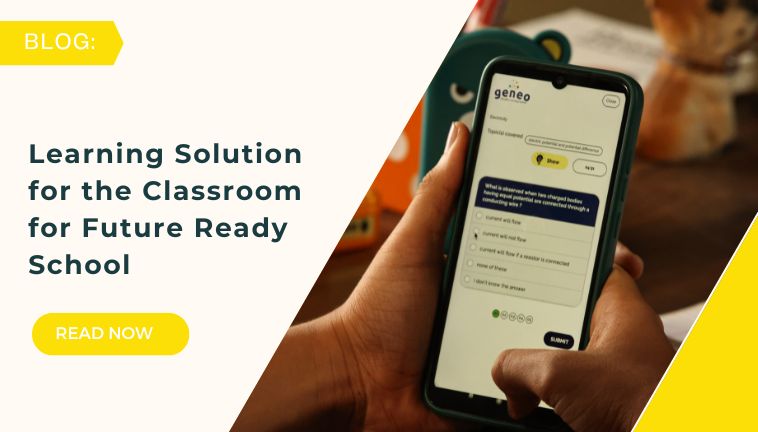
December 3, 2025
Learning Solution for the Classroom for Future Ready School
A classroom can change with one simple idea. It can shift from a quiet room with chalk and talk to a lively space where students think, explore and create. A report by UNESCO says many students struggle with basic learning even after years in school. This is a wake-up call. And it tells us something important. Schools need a learning space that works for every child, not just a few. This is why a strong learning solution for the classroom matters more than ever. A good classroom is not about more screens or more tools. It is about making learning simple. It is about helping teachers teach with ease. And it is about giving students a space where they can ask questions without fear. I have seen how quickly a class changes when the right support comes in. Suddenly, learning feels possible. Students feel confident. Teachers feel supported. It feels like the whole room takes a deep breath and says Yes, this is how learning should be. Now, let us explore what makes a learning solution for the classroom truly future-ready.
Read More ⟶

November 19, 2025
ICT Labs in School: The One Upgrade Schools Need
Schools everywhere are trying to prepare children for a future that is moving very fast. Technology is changing jobs, skills, and even how children learn. In this busy world, ICT labs in school have quietly become one of the most important upgrades a school can make. They may look like simple rooms with computers, but in reality, they build confidence, creativity, and curiosity in ways that textbooks alone never can. Many global studies show something interesting: students remember more when they learn by doing. One study showed hands-on learners recall up to 75% more than those who only read or listen. That number is hard to ignore. It tells us that digital tools, practical learning, and real interaction can make a huge difference. This is exactly where ICT labs in school come in; they turn theory into action. Why ICT Labs in School Feel Different When you step inside a good ICT lab, the energy feels different from a normal classroom. Students are not only listening; they are trying, exploring, failing, fixing, and learning again. And because they get to interact with real tools, they build understanding that lasts longer.
Read More ⟶

November 4, 2025
Smart Class: Making Technology Accessible for Every Student
There’s a quiet revolution unfolding inside classrooms across India. The chalk dust is settling, quite literally, as screens light up young minds in ways textbooks alone never could. This isn’t about fancy gadgets or futuristic promises; it’s about something deeper: access. Because when we talk about the Smart Class, what truly matters is not how advanced the technology is, but how many children it actually reaches. Why Smart Class Matters More Than Ever? Education today is no longer confined to four walls and a blackboard. With Smart Class technology, lessons become living, breathing experiences. Students don’t just read about the solar system; they travel through it. They don’t just memorize plant cells; they watch them come alive on screen. But here’s the real magic: When technology enters the classroom with purpose, it doesn’t replace teachers but empowers them. It transforms the teacher’s role from information provider to inspiration guide.
Read More ⟶
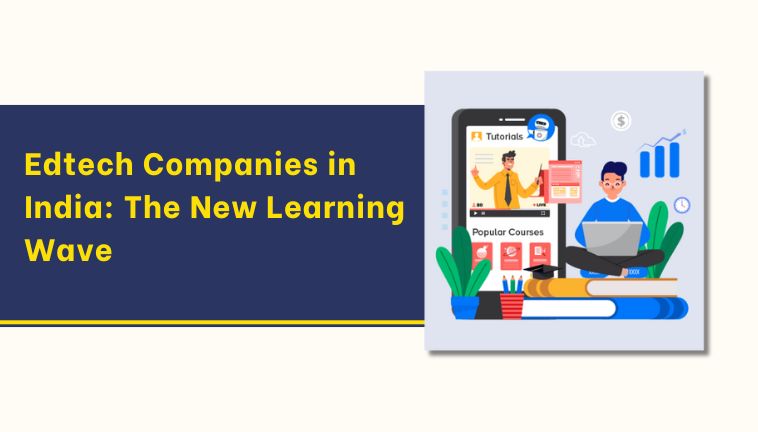
October 31, 2025
Edtech Companies in India: The New Learning Wave
Change in education doesn’t start with technology. It starts when children begin to ask why. Across India, a quiet change is growing. Blackboards are turning into screens. Lessons are becoming fun. Students are learning not just to remember things, but to think and create. This new change is led by many edtech companies in India . They are helping schools and teachers bring learning to life in simple, smart ways. Edtech Companies in India Are Redefining Learning At first, most education technology focused only on access. Bringing lessons online. Reaching more students. Connecting teachers and learners.
Read More ⟶

October 27, 2025
Digital Classroom: The Smartest Investment for Schools
Technology has changed how we live, work, and even think. So, why should learning stay the same? A few years ago, classrooms were full of chalk dust, heavy books, and silent walls. Today, those walls talk back. Welcome to the world of the Digital Classroom, where learning feels alive, fast, and full of energy! What Makes a Digital Classroom So Powerful? Let’s start simple. A Digital Classroom is not just about fancy screens or gadgets. It’s about using technology to make learning more engaging, personalized, and effective. In a digital classroom, every student learns at their own pace, whether it's fast or slow, through visual or hands-on methods. And teachers? They get superpowers! Technology helps them understand where each student stands, what they need, and how to help them better. Here’s why schools are shifting fast:
Read More ⟶
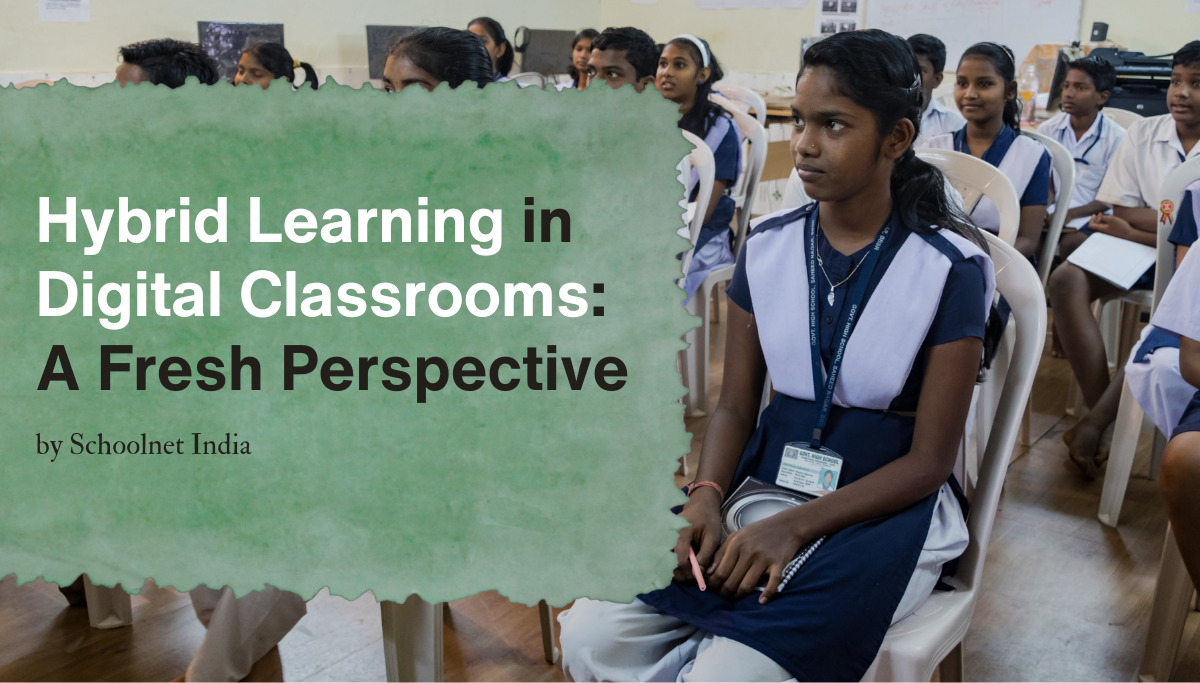
October 15, 2025
Hybrid Learning in Digital Classrooms: A Fresh Perspective
When classrooms turn into creative studios, and lessons happen across screens and spaces, you know education has changed for good. That’s Hybrid Learning in motion: flexible, human, and quietly revolutionary. Across the world, educators are rethinking how to teach and how students learn. And instead of asking “online or offline?”, they’re now asking, “Why not both?” The result is a model that doesn’t just deliver knowledge; it builds connections, fosters adaptability, and fosters lifelong learning.
Read More ⟶
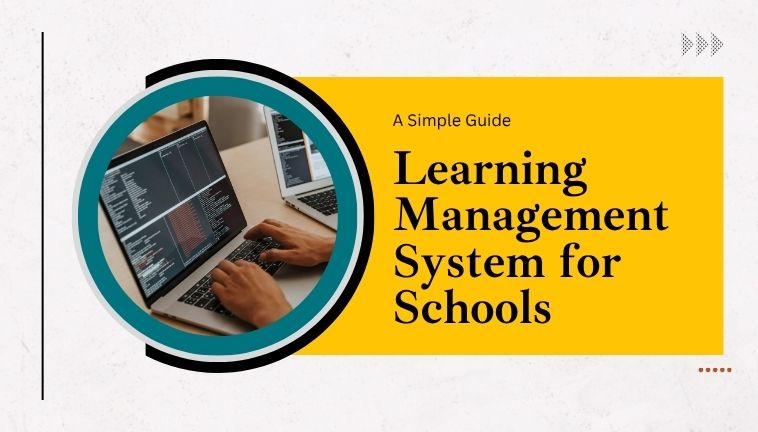
September 30, 2025
Learning Management System for Schools: A Simple Guide
That one line captures the essence of why schools worldwide are moving towards a learning management system . It’s not about replacing classrooms or teachers. It’s about making learning simpler, smarter, and more impactful every single day. Why Schools Need a Learning Management System Schools today face challenges that go far beyond textbooks. Teachers handle large classrooms. Students learn at different speeds. Parents want updates. Administrators want reports. Everyone wants more, with less time on hand.
Read More ⟶
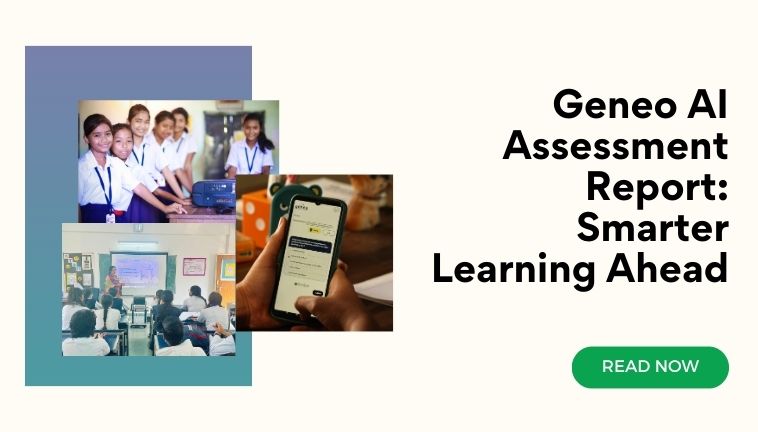
September 24, 2025
Geneo AI Assessment Report: Smarter Learning Ahead
“Education is not the filling of a pail, but the lighting of a fire.” That line by W.B. Yeats still rings true today. But in 2025, the fire of learning is being lit in new ways through Artificial Intelligence. And one of the most powerful tools making this possible is the Geneo AI assessment Report. It’s not just about marks anymore. It’s about how students learn, where they get stuck, and what they can do to improve. That’s where AI makes the difference. What Makes Geneo AI Assessment Report Different? Assessments have always been the same a test, a grade, and sometimes, a blank face wondering what went wrong. But the Geneo AI assessment Report changes that. Instead of just giving a score, it:
Read More ⟶
© Schoolnet India Limited





